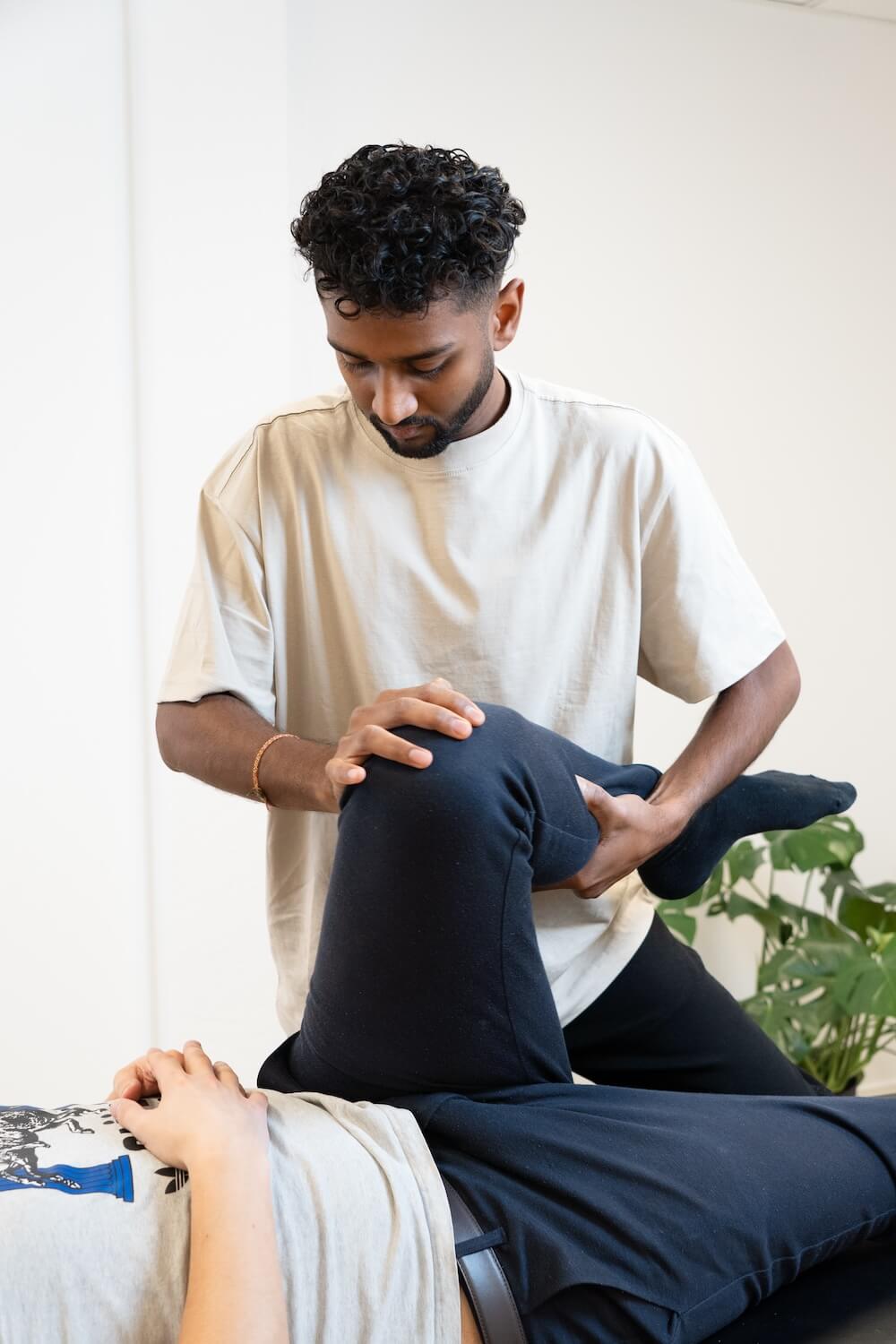We treat
Cruciate ligament injuries - ACL/PCL
Learn more about cruciate ligament injuries and their treatment
What are the cruciate ligaments and what role do they play in the knee?
We have two distinct cruciate ligaments in the knee, the anterior cruciate ligament, also known as the ACL (Anterior Cruciate Ligament), and the posterior cruciate ligament, referred to as the PCL (Posterior Cruciate Ligament). These are two essential connective tissue structures that help maintain the connection between the thigh bone, also known as the femur, and the shin bone, called the tibia. The name ‘cruciate ligament’ comes from their diagonal course within the knee joint, where they cross each other and work together to provide stability to the knee.
Jump to section [Vis]
What is the difference between anterior and posterior cruciate ligament injuries?
The ACL and PCL work synergistically to maintain knee stability and contribute to control of rotational and lateral movements, but they also have individual main functions. The ACL prevents anterior displacement of the tibia relative to the femur, while the PCL is responsible for preventing posterior displacement of the tibia relative to the femur.
An injury to either the ACL or PCL often results in pain and instability in the direction where the ligament’s normal function is impaired. In acute injuries, diagnosis can be challenging due to intense pain and swelling, but it can be made 1-2 weeks after the injury.
Source: Sundhed.dk

Causes of cruciate ligament injuries in sports and everyday activities
If there is an ACL injury, the patient may experience an increased feeling of looseness in the knee as well as pain with movements such as strong kicks or twisting, typically associated with activities such as handball, soccer, basketball, skiing, and more.
In the case of PCL injuries, pain and looseness can also occur, and these injuries frequently occur in connection with car accidents where the shinbone is subjected to direct impact against the dashboard, sharp stops in sports, or blows to the upper front part of the shinbone (just below the knee). The most common cause of PCL injuries is traffic accidents
Source: Sundhed.dk
ACL injuries are observed more frequently than PCL injuries, as there are more sports and daily activities where it is affected, and furthermore, the PCL is approximately twice as strong compared to the ACL.
Only 5% of all cruciate ligament injuries are related to the PCL, while 95% are ACL-related.
Signs and symptoms of a cruciate ligament injury
The most common symptoms of an ACL injury are swelling and pain at the time of injury, which can last for months. Later in the process, the knee may feel loose and unstable when walking, running, and rotating. Once the swelling and pain have subsided, as well as the internal bleeding, changes in the knee may also occur during passive movements.
For example, if you sit on your lower leg with your legs bent and experience pain and looseness here, it is often PCL-related. If you sit with the injured leg extended on a stool and feel an unnatural stretch here, it may be related to the ACL.

Diagnostic methods: MRI scan, clinical examination, etc.
When diagnosing and clarifying whether a patient has suffered a cruciate ligament injury, the first step is usually to conduct a thorough history taking by a professional, including a doctor, physiotherapist or osteopath. This means answering various questions that provide an indication of whether the patient has the diagnosis.
The next step is for the professional to perform some tests on the knee, which will provide further indication for the diagnosis. If the professional believes that there may be a cruciate ligament injury, the patient may be referred for an MRI scan, which can take images of the knee and confirm the final diagnosis.
Degree of cruciate ligament damage: Partial versus complete ruptures
The different degrees of cruciate ligament injuries are divided into two different types. One is “incomplete” or “partially torn” where the cruciate ligament is partially torn, meaning that some of the fibers are torn because the fibers are overstretched.
The second type is called “complete” or “total tear”, which means that the cruciate ligament is ruptured and thus completely torn.
Source: Sundhed.dk

Surgical intervention versus conservative treatment
When you sustain an injury, for example during sports, where you may feel a snap, severe pain, reduced movement and cannot complete the activity, it is recommended to follow the “RICE principle”, which is a conservative start.
R – Rest
Stop the activity you are doing and lie down on your back and try to stay still.
I – Ice
Apply ice to the knee, which can cool the area and limit the damage. Remember to use a towel or something else around the ice to prevent frostbite.
C – Compression
Use a compression bandage or something else around the knee to reduce swelling.
E – Elevation
Elevate your leg, preferably with support underneath. This will also reduce swelling.
Subsequently, the patient and the professional must jointly decide which approach makes the most sense in the given situation. Recommendations may vary depending on whether it is an incomplete or complete rupture. For young or active adults with a complete rupture, surgical intervention may be considered, especially if the goal is to return to sports activities. However, it is essential to recognize that there is a risk of repeated injury to the same or opposite knee if the activity that originally caused the injury is resumed. The surgeon will typically use tendons from the hamstring muscles to perform a reconstruction of the damaged cruciate ligament during surgery.
Subsequently, rehabilitation involves a period of 6-12 months after the day of surgery. It is important to understand that the knee rarely achieves the same functionality as before the injury, even if a reconstruction of the cruciate ligament is chosen.
Conservative treatment focuses exclusively on graded rehabilitation to regain knee function. The training aims to strengthen the muscles around the knee so that they can take on a similar stabilizing role as the cruciate ligaments. The different phases of rehabilitation are described below.
Rehabilitation after a cruciate ligament injury without surgery
When rehabilitating after an ACL injury, it is crucial to implement a graded approach, adjusting the intensity according to the patient’s abilities. Overly intensive or inadequate rehabilitation can result in tissue not healing properly and potentially result in complications. Excessive strain can also lead to overuse injuries, increased inflammation, and recurring pain.
Rehabilitation after cruciate ligament injuries after surgery can vary depending on various factors, such as which cruciate ligament has been reconstructed, as well as any damaged nearby tissues, including the meniscus, other ligaments, and cartilage.

The phases of conservative treatment can be divided into 3 stages (ACL)
Acute phase: The focus is on reducing knee swelling and proper loading of the knee. In some cases, the use of crutches may be recommended to relieve the knee. The goal is to maintain or regain knee mobility and gradually load the knee to avoid muscle atrophy and loss of strength.
Rehabilitation phase: Minimal swelling is expected and the knee has achieved full or near-full range of motion. Crutches are no longer needed, but the knee may feel weak and unstable. The focus is still on regaining full range of motion and normalizing muscle strength in the knee. Gradually, the knee is challenged with longer walks, stair climbing, etc.
Return to sports activities: The goal is to train the knee to cope with the demands it will be exposed to during sports activities. It is often recommended to return to less demanding activities such as running and fitness after 2-4 months. Training is gradually intensified and structured, but it is not always realistic to expect a full return to contact sports such as handball or football.
Source: Region Midtjylland
Prevention of cruciate ligament injuries
In general, when preventing cruciate ligament injuries, it is crucial to evaluate the relationship between the inner, outer, front and back of the thigh. The muscle balance should be balanced so that no side is too weak or too strong in relation to the others.
For ACL-related issues, a close examination of the hamstring muscles is essential, as several studies suggest that strong hamstring muscles can contribute to the prevention of ACL ruptures.
The hamstring muscles have an anatomical orientation similar to that of the ACL ligament. These muscles run diagonally down the back of the thigh bone and attach to the front or side of the shin bone.
It is also critical to analyze the causes of the injury: Has the sports activity been too intensive? Is there a lack of recovery? Has preventive training been neglected? These factors are crucial to developing a holistic approach to prevention and minimizing the risk of cruciate ligament injuries.

Long-term consequences and return to sports after injury
After a cruciate ligament injury, various consequences can arise, including the development of osteoarthritis (osteoarthritis) in the knee and degenerative changes, as the function of the knee can be altered. In addition, loss of strength in the knee can occur, and it can be challenging to recover, especially if new measures such as rehabilitation have to be implemented in a busy everyday life.
Some individuals also experience mental challenges after an injury, manifested as “Fear-avoidance”, where pain in a particular activity creates fear of doing it again and results in avoidance behaviors. This can in some cases lead to physical inactivity, muscle weakness, chronic pain and stiffness in the knee.
Returning to sport after an ACL injury is a highly individual process. It is crucial to make a realistic assessment of one’s goals for the future and the requirements necessary to achieve them.
Expectation alignment is essential to avoid disappointment in the process, as not all knees regain full function as before the injury. For those who have previously played sports at a high level with frequent training sessions, a possible adjustment may be to continue with the same sport, but at a lower level, or explore alternative sports. However, it is important to emphasize that some experience positive results through a graduated rehabilitation process and return to their original level of sport before the injury occurred.
What makes the osteopath different?
When considering healing phases and rehabilitation plans, the amount of time it takes for an individual to complete the process is highly variable. An osteopath can help identify factors that may affect the process – potential imbalances in the body can pose obstacles to the healing process.
The osteopath works with various elements such as imbalances in the musculoskeletal system, the nervous system, the organ system, the hormonal balance, the circulation, psychosocial aspects, and much more. In addition, the osteopath can help guide through the external components that can affect optimal healing. This can be correction of exercises, dietary guidance, management of sleep problems, and stress management. These aspects can all contribute to speeding up the process and ensuring an optimal return.

Often related injuries
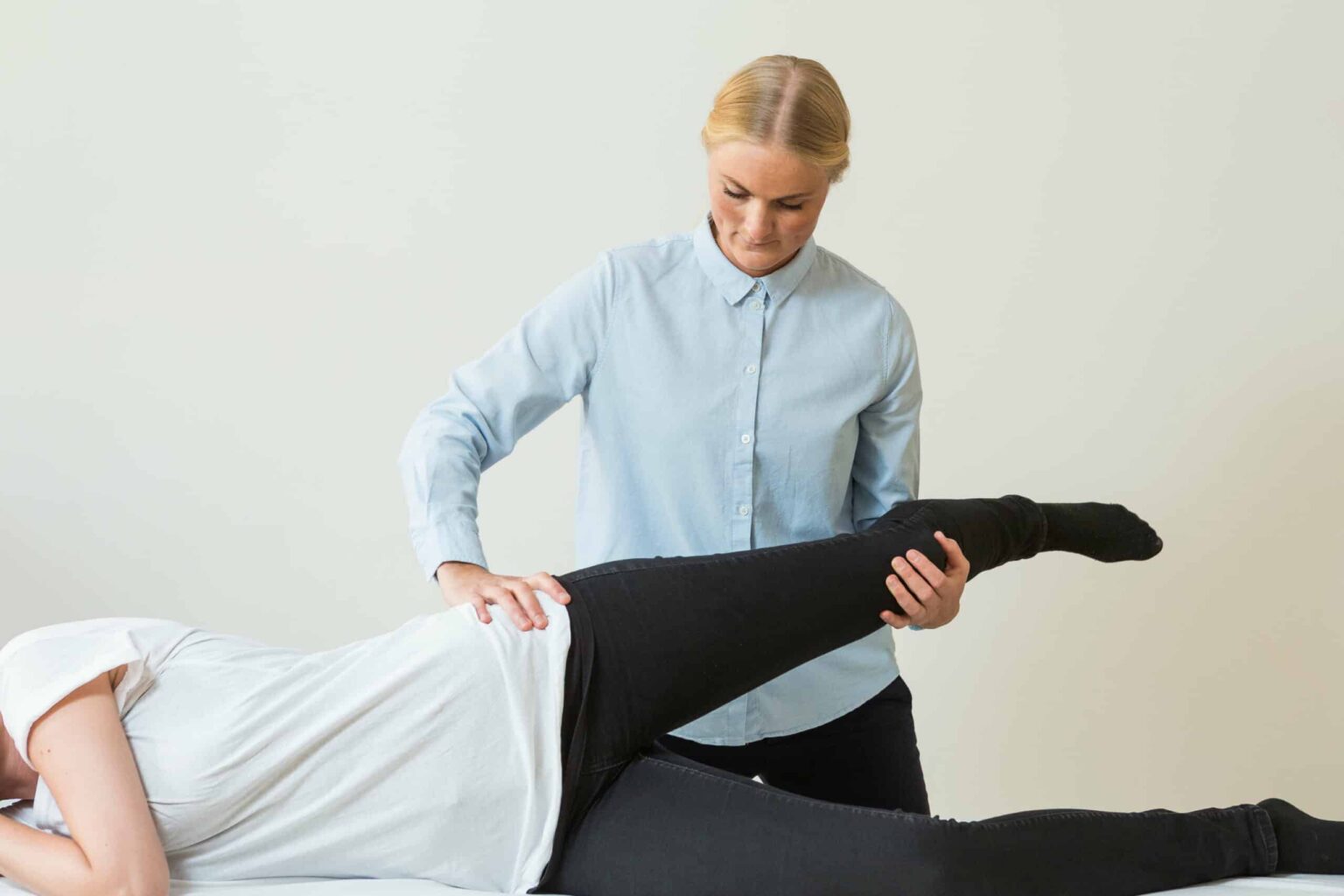
Restless Legs Syndrome (RLS)
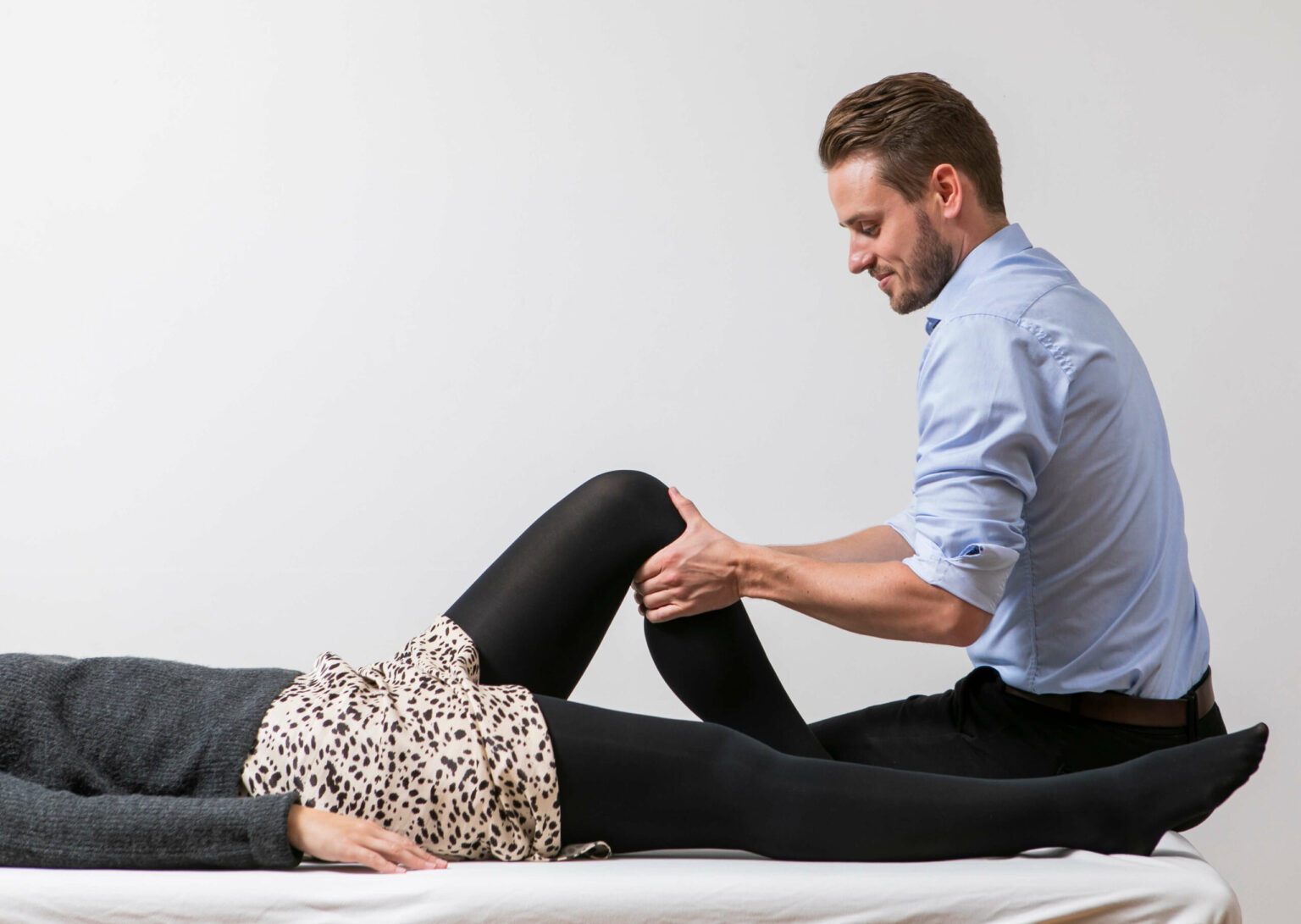
Cruciate ligament injuries – ACL/PCL
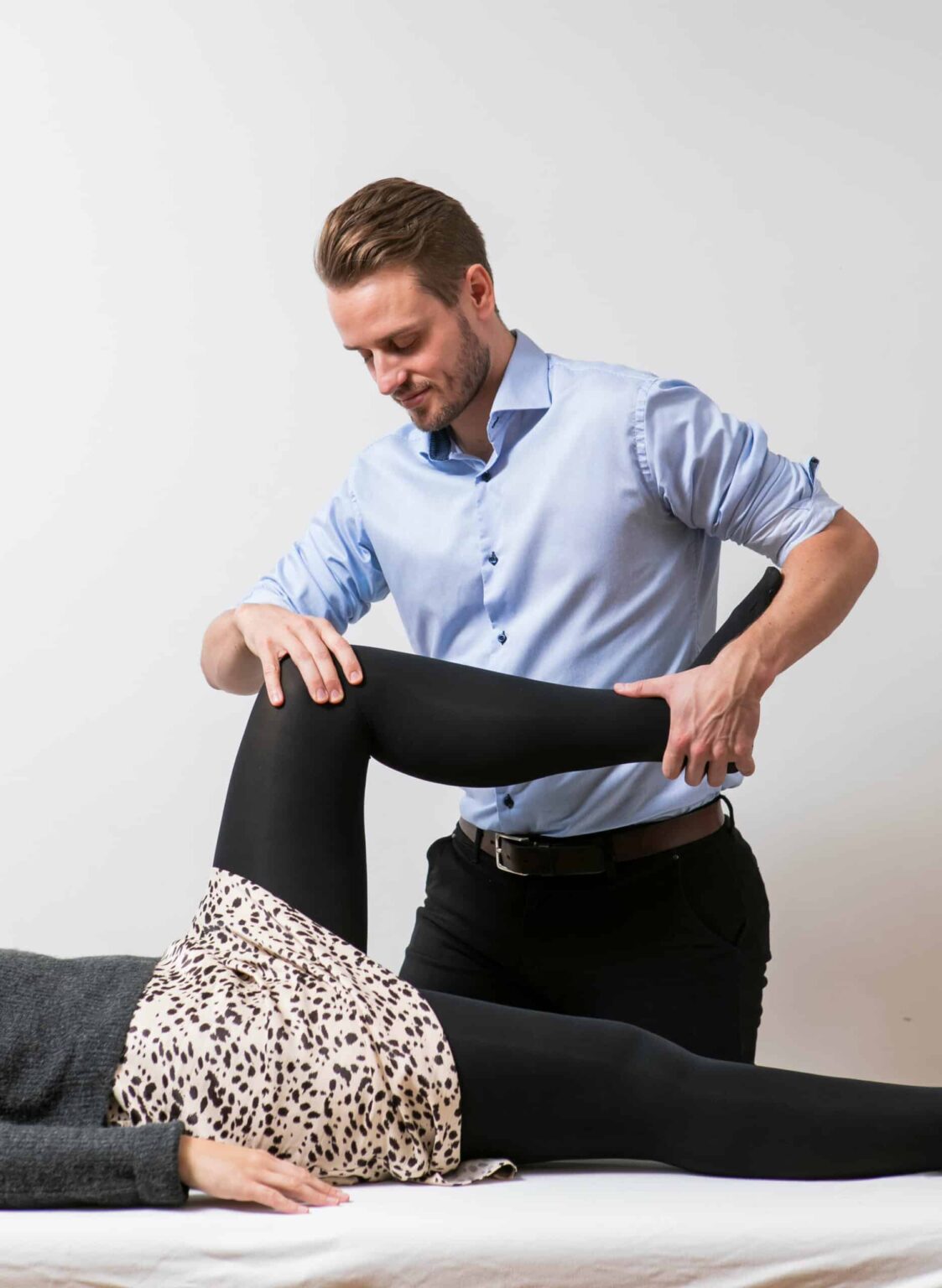
Synovial Plica
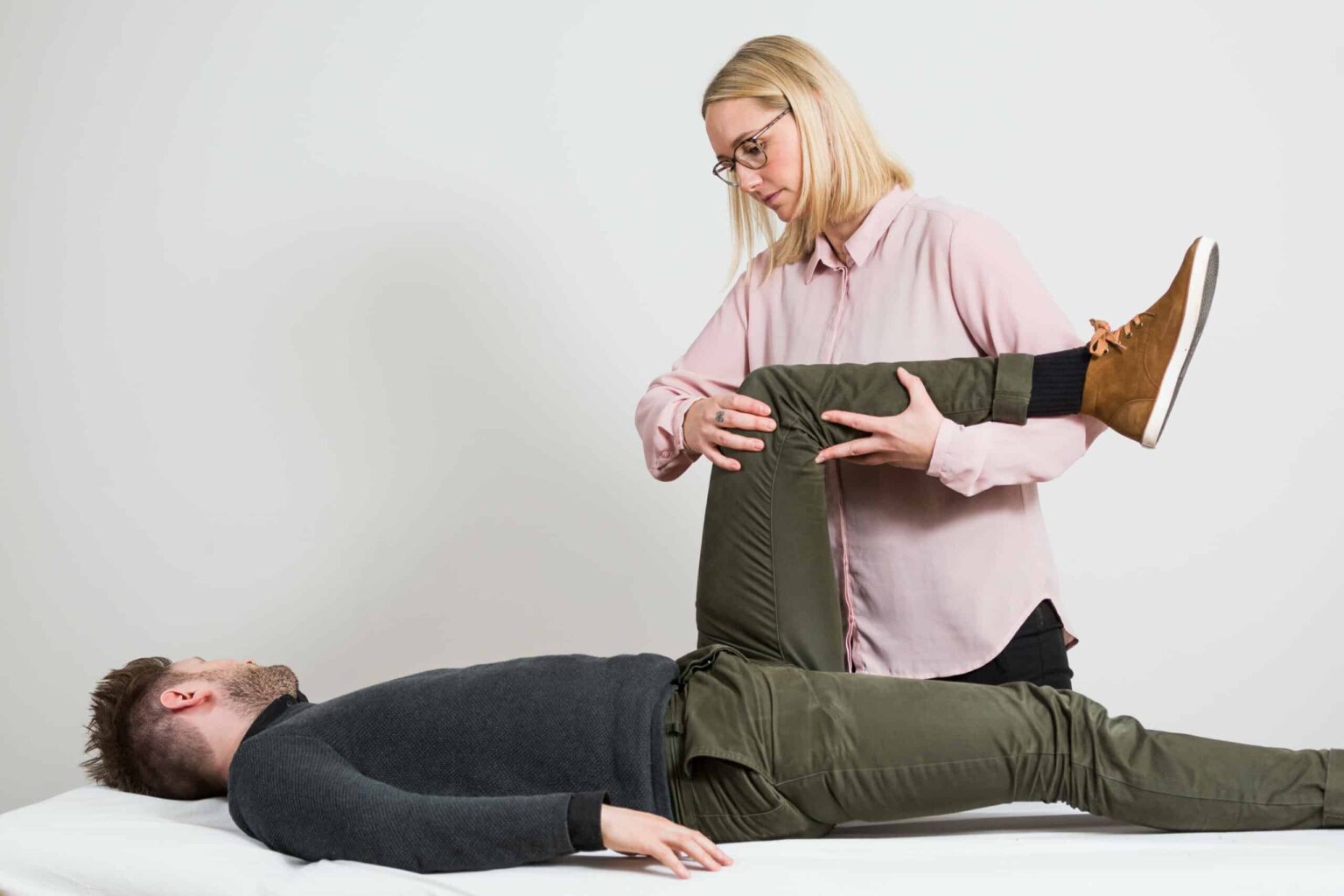
Pes anserinus tendinitis
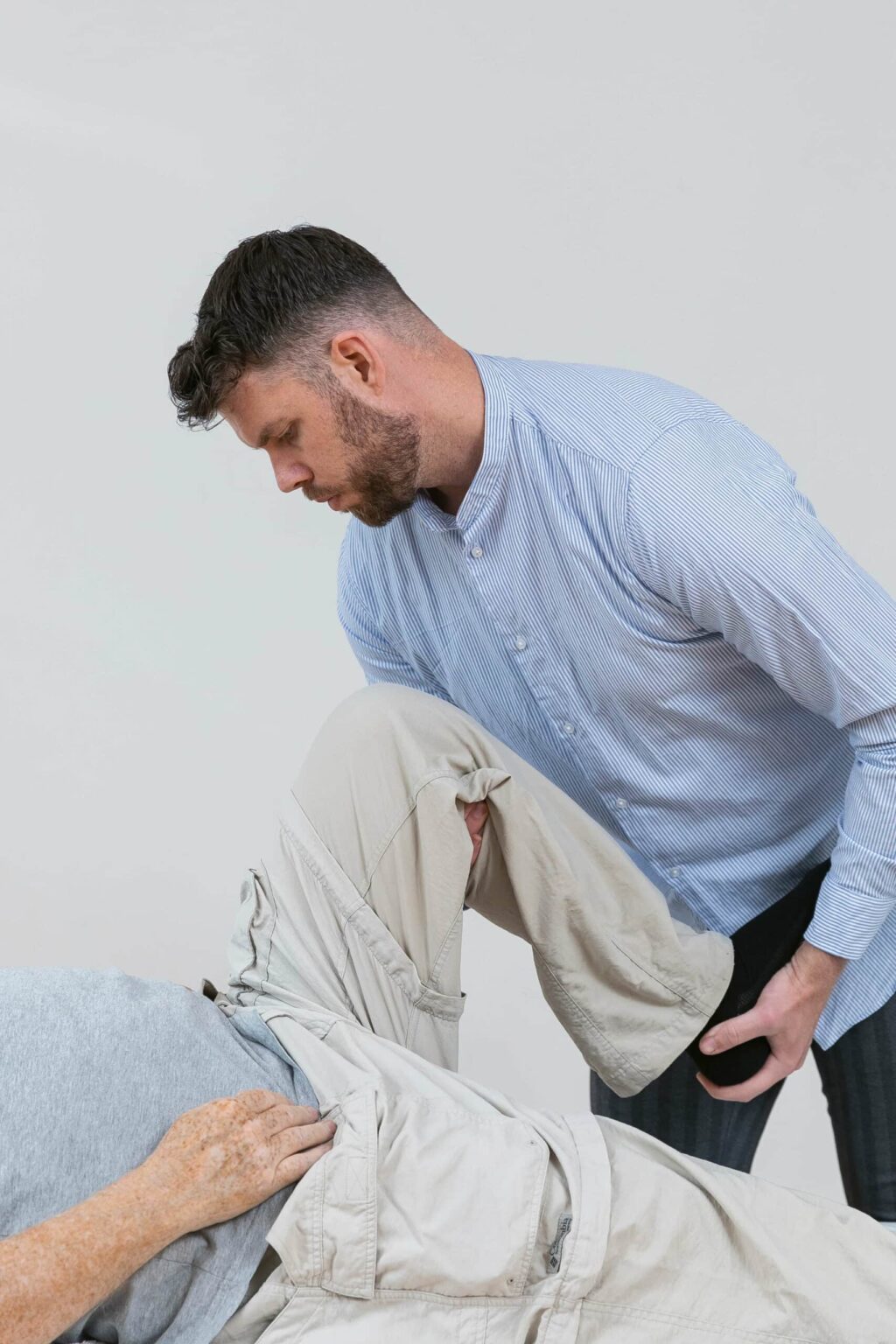
Jumper’s knee

Knee plica inflammation
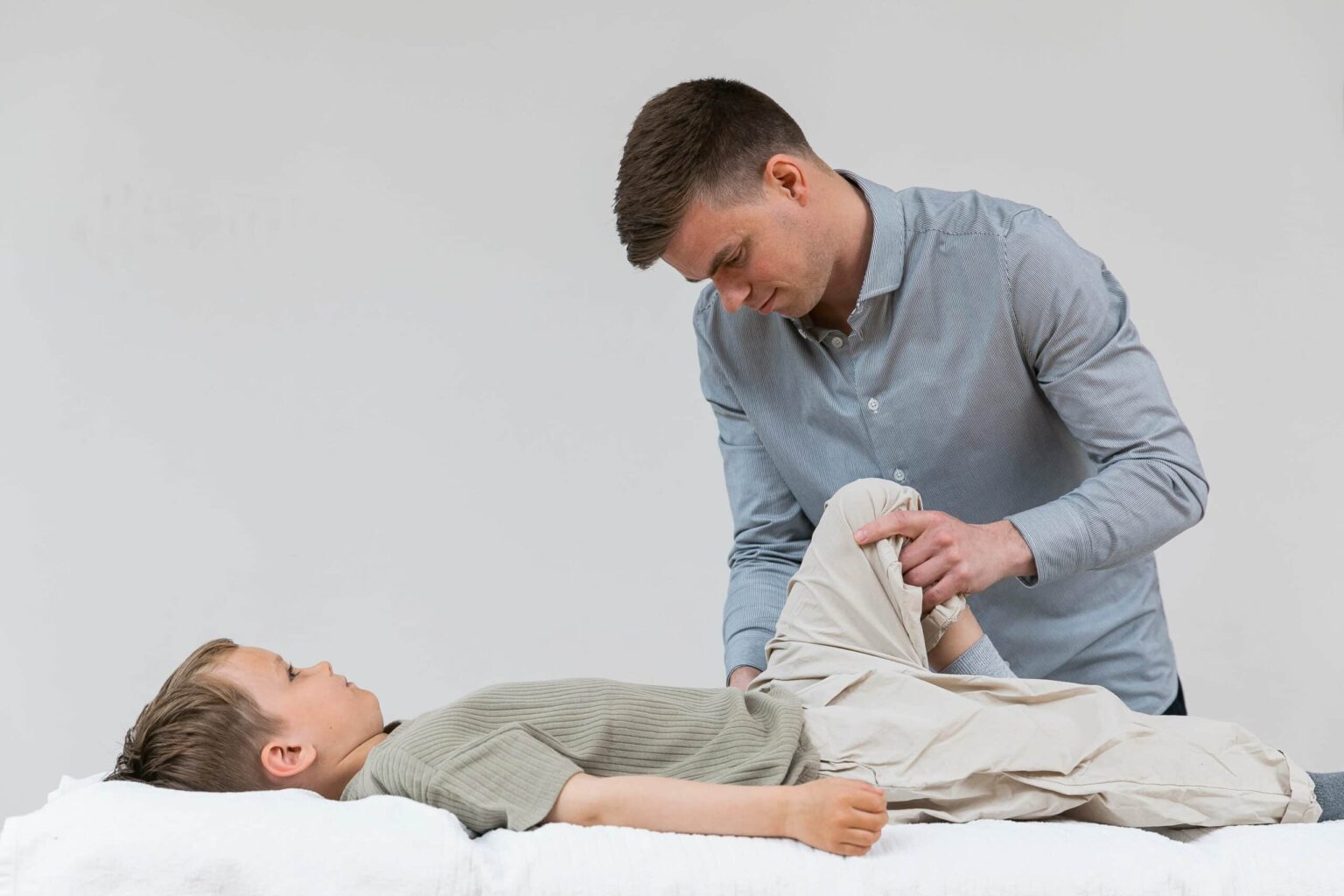
Osgood Schlatter
